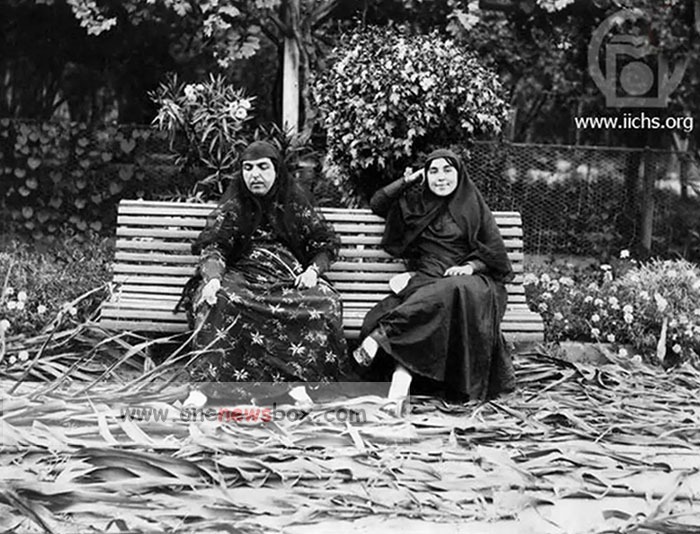Initially, they settled in Armenia, but their importance grew during the reign of Shah Abbas the Great of the Safavid dynasty, who settled a group of Qajars in the eastern Caspian region of Astarabad (modern-day Gorgan). From here, the Qajar tribe began to play an increasingly prominent role in Safavid military and administrative affairs. Eventually, the tribe was divided into two major branches based on geographic settlement: the Yukhari-bash (Upper Qajars) and the Ashaghi-bash (Lower Qajars). The future royal family emerged from the Ashaghi-bash branch.
During the decline of the Safavid dynasty and the brief rule of Nader Shah Afshar, tribal leaders such as Fath Ali Khan Qajar and his son Mohammad Hassan Khan Qajar rose to prominence, attempting to consolidate Qajar power and influence. Although both men faced setbacks—including execution and battlefield defeats—they laid the groundwork for Agha Mohammad Khan’s eventual rise to power.
The Rise of Agha Mohammad Khan Qajar
Born around 1742, Agha Mohammad Khan was the son of Mohammad Hassan Khan Qajar. He was captured by Karim Khan Zand, the ruler after Nader Shah’s assassination, and castrated to prevent any future political threat. However, this did not deter him. Upon Karim Khan’s death in 1779, Agha Mohammad Khan escaped from Shiraz and began consolidating power in the north, especially in the tribal heartlands of Astarabad.
Over the next two decades, Agha Mohammad Khan waged war against rival claimants, including the Zands, regional governors, and other tribal factions. In 1796, after defeating Lotf Ali Khan Zand, he crowned himself Shah in Tehran, which he made the new capital. Tragically, he was assassinated in 1797 while in Shusha, in the Caucasus, leaving a legacy of both brutal conquests and restored unity.

